strmrdr
Super_Ideal_Rock
- Joined
- Nov 1, 2003
- Messages
- 23,295
After reading about several people being unhappy with there settings.
I thought it would be good to start a discussion about what to look for in a setting, what questions to ask, what to look for in the finsihed product, and what to look for when looking for a person to put it together/build it?
What are the signs of a quality product?
I will get it started:
The number one thing to look for is comfort:
Is the design going to be comfortable to wear?
Is it going to get caught up on a lot of things?
Are all the sharp edges removed so it wont damage clothing or flesh?
Will it sit comfortable on the finger and not chaff the other fingers?
If you have kids or plan on it is the ring safe to have them around?
I know a few women that cant wear their rings because it was always scratching their kids.
There are a lot of designs out there that while they look good fail the above tests.
Something that might be acceptable on an evening ring may not be acceptable on a ring that is worn all the time.
Lets hear your thoughts and opinions :}
I thought it would be good to start a discussion about what to look for in a setting, what questions to ask, what to look for in the finsihed product, and what to look for when looking for a person to put it together/build it?
What are the signs of a quality product?
I will get it started:
The number one thing to look for is comfort:
Is the design going to be comfortable to wear?
Is it going to get caught up on a lot of things?
Are all the sharp edges removed so it wont damage clothing or flesh?
Will it sit comfortable on the finger and not chaff the other fingers?
If you have kids or plan on it is the ring safe to have them around?
I know a few women that cant wear their rings because it was always scratching their kids.
There are a lot of designs out there that while they look good fail the above tests.
Something that might be acceptable on an evening ring may not be acceptable on a ring that is worn all the time.
Lets hear your thoughts and opinions :}











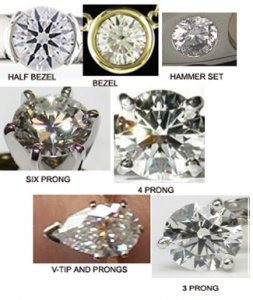
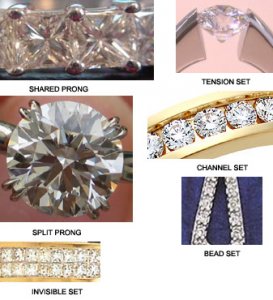
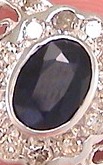
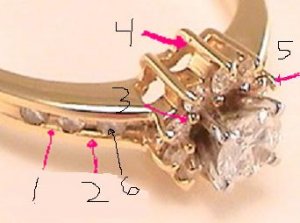
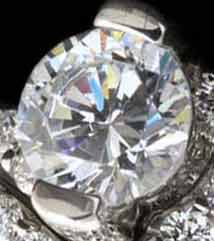


300x240.png)